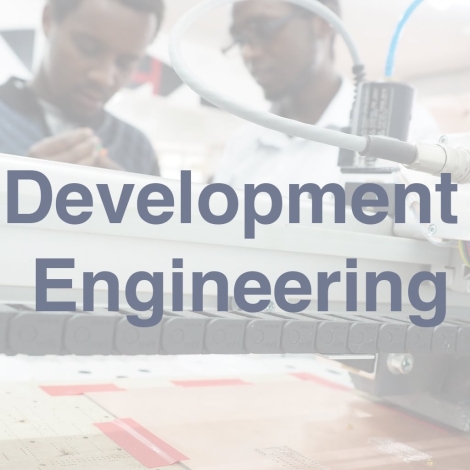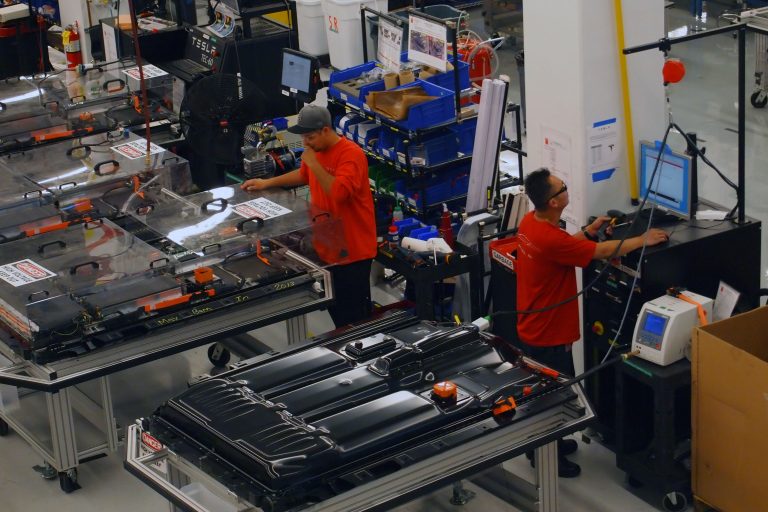The wild and starkly beautiful lands in US Native American reservations are also home to some of the nation’s poorest people. Swathes of wilderness cut residents off from the electrical grid, running water and the Internet. Conditions like those seem foreign to urban Americans, but isolated pockets of the country get by with no greater technological progress than some rural communities in the developing world.
There are 5.2 million American Indians (so called by a mistake of history), Alaskan natives and mixed heritage in the country, and one-third of them live on land set aside for tribal rule, the US Census Bureau reports. That land is a nation-spanning patchwork totaling 226,000 km2 (87,500 square miles), slightly smaller than the size of Great Britain.
“There are a great many Navajos living in very isolated locations that don’t have piped water and line power” – Roger Hansen, formerly at the US Bureau of Reclamation
In the rural parts of the reservations, services are scarce and so is housing. Unemployment is high and poverty entrenched. Which is to say that there are opportunities for design and global development engineering right within the US borders.
Design solutions to job growth
“It’s a chicken and egg problem. There are no jobs because there’s no infrastructure, and no infrastructure because there’s no money to pay for it, and there’s no money because there are no jobs,” says Heather Fleming, the co-founder of Catapult Design in Denver, Colorado.
Fleming and her firm work in the Navajo Nation, the country’s largest reservation that encompasses 71,000 km2 (27,400 mi2) of the high desert of the American Southwest. Their work on the reservation is not the traditional engineering of water and power access that other organizations carry out. Instead, they apply a systems engineering approach to reducing poverty by lowering barriers that block the creation of small businesses. New businesses have to navigate a tangle of regulations, including a letter of support from the tribe’s president, an archaeological survey and cooperation from a sprawling, slow-moving political system.
“The fact that it’s so difficult for small businesses to survive on the reservation is one of the biggest contributors to poverty,” Fleming says.
With funds from a grant by the National Endowment for the Arts, Catapult has held an event called Change Lab to promote innovative thinking and seed networks of community support for businesses Now they are designing a product that can succinctly explain the steps required to start a business.
Rural development technology in America
Running electrical cables from the nation’s grid to far-flung homes and small villages can cost about $25,000 per 1.6km (1mi), and 18 percent of homes in the Navajo Nation don’t have electricity. Running water hookups are expensive, too. As a stop-gap measure, water trucks make daily deliveries to communities in the reservation.
“There are always international opportunities but if you look domestically it might be more practical to get involved here” – Will Peterson, EWB – GSL chapter
In the absence of large infrastructure projects, some of which are underway, small-scale solutions include home solar systems and water wells.
Before retiring last year, Roger Hansen coordinated infrastructure projects and student and professional volunteers through his post at the US Bureau of Reclamation in Provo, Utah.
“We worked on a variety of water projects. Some as simple as rainwater harvesting, solar-powered groundwater pumping, and micro-irrigation. And some more complicated like using ‘green’ technologies to bring indoor water and power to isolated locales. We also did feasibility studies on a variety of more typical engineering projects like pipelines and water treatment facilities,” Hansen says.
Now Hansen coordinates trips to the Navajo Nation for volunteers from Engineers Without Borders – USA. Their projects include building and repairing homes and a larger effort underway now to lay a pipeline from a water spring for micro irrigation.
Families in Navajo Canyon have no running water in their homes, so they carry buckets to a spring. Developing the spring will put a water tap into a large home and irrigate a corn field and an apple orchard to benefit a total of 45 people.
The EWB – Great Salt Lake is heading the project, and one of its members, Will Peterson, helped map out the work with Navajo community leaders.
“If you’re doing it for free, you have to be careful to make sure people can maintain what you’ve done. And if you’re not doing it for free, you have to make sure people can pay for it” – Heather Fleming, Catapult Design
“This was my first experience with the Navajo Nation and seeing it was really unlike anything I had experienced. Having lived and worked in Baltimore, even in a poor neighborhood you still have access to libraries and other services. But in the Navajo Nation the urban amenities are stripped away. It’s really shocking to think that someone can be so isolated and live in a country like we do,” Peterson says.
Get involved in domestic engineering
Peterson has worked in global development engineering (in 2014 he sent us this photo gallery of “The surprising and inventive ways that Ugandans use bicycles”) and he saw similarities between rural American reservations and the developing world.
“The urge is always to go to developing countries to do this kind of work and that’s great but there’s a lot of need in the United States,” Peterson says. And “We’re always looking for people with different skills to join in the conversation.”
The experts we spoke with gave us a short list of organizations and government agencies that work in the Navajo Nation, and some that work in other reservations.
- Community Engineering Corps: For domestic work in the United States, Engineers Without Borders – USA has teamed with the American Water Works Association and the American Society of Civil Engineers. This corps of volunteers works in reservations and other areas in need.
- DesignBuildBluff: University of Utah architecture students build beautifully designed houses on the reservation.
- Hearts and Hands in Action: This non-profit builds homes and water treatment infrastructure on the reservation.
- Navajo Santa – This group has helped to fund Peterson’s spring-development project and it also supports seniors and others in need on the reservation.
- The US Department of Agriculture – Natural Resources Conservation Service: Hansen has coordinated government-led micro-irrigation projects on the reservation.
- Sandia National Laboratories Tribal Energy Program – This government agency works to build solar photovoltaic systems in reservations.
- GRID Alternatives Tribal Program – GRID installs solar electric systems in homes of tribal members.
- Trees, Water and People – TWP reforests clear-cut land and distributes clean cookstoves, renewable energy infrastructure and green job training in US reservations and also in Central America and Haiti.
Parting advice
Domestic engineering work is not immune to the failure that hassles many projects in developing countries. Just like anywhere, some projects are more successful than others, Fleming says. She has a photo of a Navajo Times article about a $1.9 million program to install solar electric systems in 88 homes. Eight years after installation, most of the systems weren’t working and it seems that nobody is accountable for repairs.
The lesson is another reminder that technology is never the solution, it’s a part of a system that also includes, at the least, training, maintenance and repair, and a long-term means to pay for it.
“If you’re doing it for free, you have to be careful to make sure people can maintain what you’ve done. And if you’re not doing it for free, you have to make sure people can pay for it,” Fleming says.


This page definitely has all of the info I wanted about this subject and didn’t know who to ask.